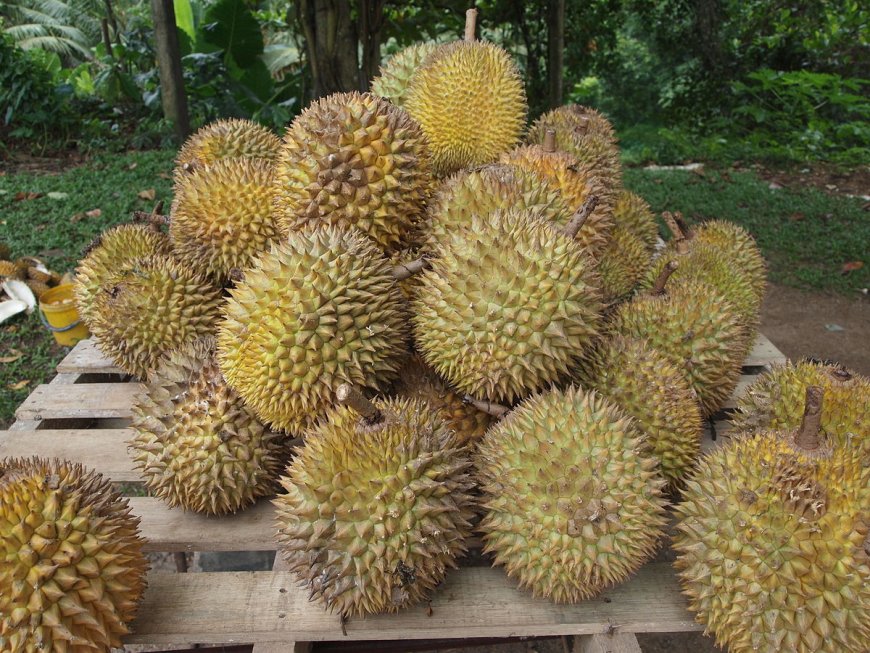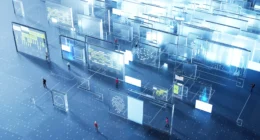Severe Air Pollution Affects Bangkok and Surrounding Areas
On Thursday morning, air pollution levels in Thailand reached alarming heights, obscuring views of Bangkok’s high-rise buildings from the Bhumibol Bridge. The Geo-Informatics and Space Technology Development Agency (Gistda) reported that hazardous air pollution was detected in 58 out of 77 provinces across the country, with ultrafine dust reaching critical levels.
PM2.5 Levels Reach Dangerous Thresholds
According to Gistda’s report at 9 AM, PM2.5 levels were classified as red (hazardous) in 20 provinces and orange (moderately dangerous) in 38 provinces. The red levels of particulate matter, which are 2.5 micrometres or less in diameter, ranged from 73.5 to 117.1 micrograms per cubic metre over the past 24 hours, significantly exceeding the safe threshold of 37.5 µg/m³.
Highest Recorded Levels
The most severe PM2.5 concentration was recorded in Samut Sakhon, with a staggering 117.1 µg/m³, followed closely by Samut Songkhram at 109.1 µg/m³ and Rayong at 103.9 µg/m³. Additionally, seventeen other provinces reported two-digit red levels ranging from 75.3 to 99.4 µg/m³, indicating widespread air quality concerns.
Health Risks and Recommendations
The hazardous air quality has raised serious health concerns for residents across affected provinces. Authorities recommend that individuals wear masks when outdoors and limit their time outside to mitigate health risks associated with prolonged exposure to poor air quality.
Areas with Moderate Air Quality
While many provinces faced hazardous conditions, 19 provinces reported PM2.5 levels classified as good and moderate, ranging from 18.8 to 37.4 µg/m³. Conversely, fifteen provinces experienced moderate (yellow) levels of PM2.5, including regions like Maha Sarakham, Chiang Rai, and Chiang Mai.
Urgent Action Needed
As air pollution continues to escalate in Thailand, particularly in urban areas like Bangkok, urgent measures are necessary to address this public health crisis. The government is exploring new strategies to combat harmful dust particles and improve air quality for residents across the nation.This ongoing situation highlights the critical need for effective environmental policies and public awareness regarding air quality issues in Thailand.









